QuestionHi Kristen-
My girlfriend Jen and I are getting a French Bulldog this weekend
and we are bombarding the breeder with questions, which is a
good thing I know. We were going to use a harness, because we
know frenchies have breathing issues and also not to hurt the
little pup. Jen had used a harness with her previous dog, a Pug
for the same reasons. The breeder suggested not to use one
because of a pulling issue.
I myself believe that if the dog has issues breathing it will adjust
itself so it can breath better. Frenchies are known to have strong
necks as well, no? Jen just doesn't want to harm the Frenchie.
What is your opinion?
AnswerGreg, harnesses DO tend to encourage a dog to pull against them. Think about it; what do sled and carting dogs wear? ;^) Your belief that if the dog has breathing problems it will adjust itself so it can breathe better is not entirely correct, at least as far as pulling on leash is concerned. How many dogs have you seen straining and choking and gagging against their collars while out with their owners on leash? They clearly are having trouble breathing, but it's not stopping them from pulling, is it? If you teach the pup not to pull on the leash from the very beginning, it won't matter whether you choose to use a harness or a collar on him later on.
Get him used to wearing a flat buckle collar and leash as soon as you get him home. If he's not already wearing a flat collar, get him one from the store on the way home. I like the ones that you can adjust as the dog grows, so you're not having to buy several collars from puppyhood to adulthood. Lupine brand collars are guaranteed for life even if the dog chews the collar up. They are more expensive than other collars, but how can you go wrong with a lifetime guarantee even against damage done by the dog!? Here is their website: http://www.lupinepet.com/
The leash you get should be a 4 or 6 foot long lead, made of either cloth or leather. Let the pup wear the collar and drag the leash when he's inside the house. This serves two purposes: One, it gets him used to having it on; and two, it comes in handy if he starts to squat indoors. You can grab the leash and gently tug tug tug on it to get his attention and encourage him to follow you to the door and outside. During housebreaking, you should always take him out to potty on a leash, so you can immediately praise him for pottying outdoors, and also so you can ensure that he keeps his mind on doing his business and not playing or sniffing or digging or whatever else he might get distracted by out there.
After a few days to a week or so of letting him drag the leash around in the house, you can start teaching him to walk on it without pulling. This should be fairly easy, since he will naturally want to be near you. Start off in your yard, and don't plan on actually GOING anywhere just yet. In fact, he should not be taken out in public into places where other dogs have been or might have been until he's had his last puppy shot at 16 weeks of age. You can take him out places with you, but do not let him walk on the ground if other dogs might have also walked there, because he could very easily contract parvo at his young age.
You may want to use treats for this, and you can phase them out later on once he starts to understand what it is you want. The treats should be soft and small, so he doesn't have to spend time chewing them. You'll need something to keep them in, and I absolutely love those cloth belt things with two pockets that you can get for less than a dollar at Home Depot or Lowe's. They make excellent treat bags. Start out by getting his attention with the treat and saying your "come" command. He'll naturally come to you to get the treat and you can praise him and let him have the treat. Then take another treat out and hold it in your hand so he knows you have it, but he can't take it if he jumps up and tries. If you're wanting to teach him to walk on your left, hold the treat in your left hand. If you want to teach him to walk on your right, hold the treat in your right hand. Since he is so small, you can actually hold your arm straight down by your side. Let the leash go behind your legs and hold it in your right hand (or your left hand if you're walking him on your right) so that if he gets more than a foot in front of your leg, he'll check himself. This is all done on his regular flat collar for now. To keep things simple, I'm going to assume you're walking him on your left. Tell him "heel," and take two steps, beginning with your left leg. Stop and praise him. Tell him "Yes! Good heel, good boy, [name]!" Let him have the treat as you are praising him. If he goes too far ahead and hits the end of the leash, simply stop with no praise. Gently use the leash (don't say anything to him or touch him with your hands - you want pulling on leash to equal some level of discomfort) to guide him back into position by your left leg and then try again. Repeat 3-5 times, and always end a session with him 'winning.' You can do several of these short sessions per day, and it shouldn't take him very long to figure it out at all.
When he's staying next to you for a couple of steps, you can gradually increase the number of steps you take until you can go 10+ feet in a straight line without him getting out of position. When he can do this, you can start doing 90 degree turns. A 90 degree turn is like an "L." Go 2-4 steps, and then say, "heel," again as you make a 90 degree turn to your right, using the treat if necessary to help him stay next to you, as he may try to keep moving straight. Once you make the turn, tell him "Good heel. Good boy," and stop and praise and treat him. Repeat until he's doing right-hand turns without any help from you, and then start doing left-hand turns, and about-turns (where you turn all the way around and head back in the direction you just came from). Again, remember to keep each session short, so you don't burn him out, and do several sessions per day to keep things fresh in his mind. Always end on a good note. If he's having trouble doing a turn, and you've done 3-5 repetitions already that session. Then make the next one a straight line, since you KNOW he can do that, and praise and treat him and end the session that way.
After a couple of weeks, you should have a puppy that can walk next to you on a loose leash. Continue to use treats until you no longer have to use them to 'bribe' him or help him around turns, and then you can start phasing them out. To phase out the treats, don't take a treat out of your treat bag until you are going to give it to him. Do not have a treat in your hand by your side anymore. Try to move your arms as you would normally move them if you were out walking, and don't forget to verbally praise him when he's in the correct position. If he gets out of position and starts to pull, immediately stop and use the leash to guide him back into position before setting off again. When you stop and praise him, THAT's when you should get a treat out and give it to him. After a few weeks of this, vary when you give a treat. ALWAYS verbally praise, but do not give him a treat each time you stop. Give him one at the beginning, then withhold treats for two more times, then give a treat, etc. This way, he knows a treat is coming, but he doesn't know when. This often makes dogs work harder at being correct because they want to earn that treat!
If I need to explain anything else more clearly, or if I can help you out in any other way, please don't hesitate to ask!
Good luck,
Kristen

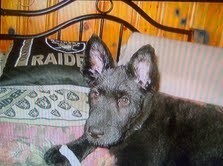 what is my dog????
Question
Connie
Patti, i got my dog Connie a few months
what is my dog????
Question
Connie
Patti, i got my dog Connie a few months
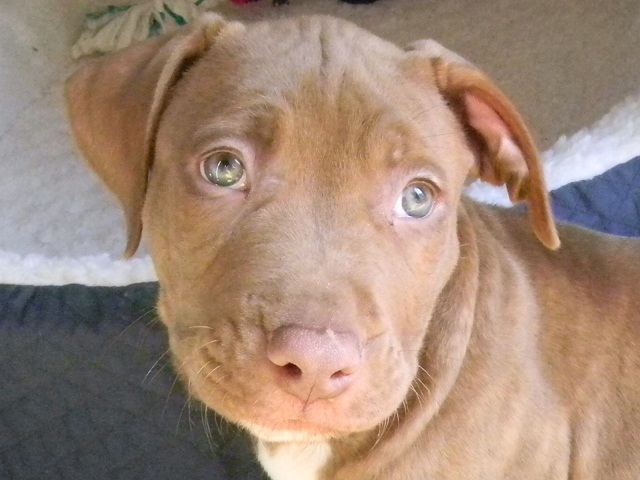 10 week old Pitbull Pup
Question
Ares
I have a few questions =]
Why does he ke
10 week old Pitbull Pup
Question
Ares
I have a few questions =]
Why does he ke
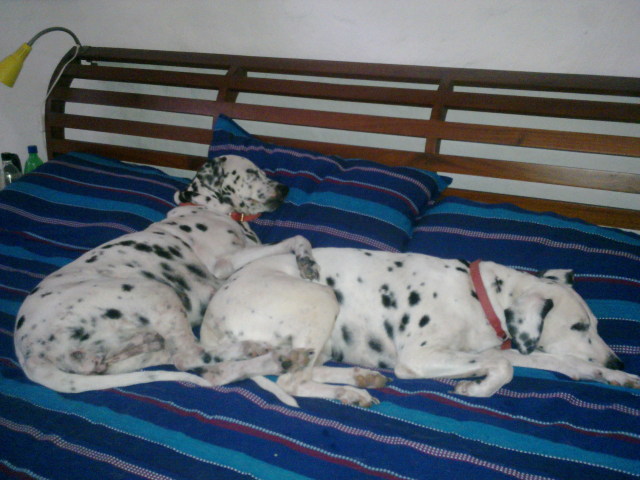 Sudden aggression towards mother dog
QuestionQUESTION: I have four dogs, Male German shepard
Sudden aggression towards mother dog
QuestionQUESTION: I have four dogs, Male German shepard
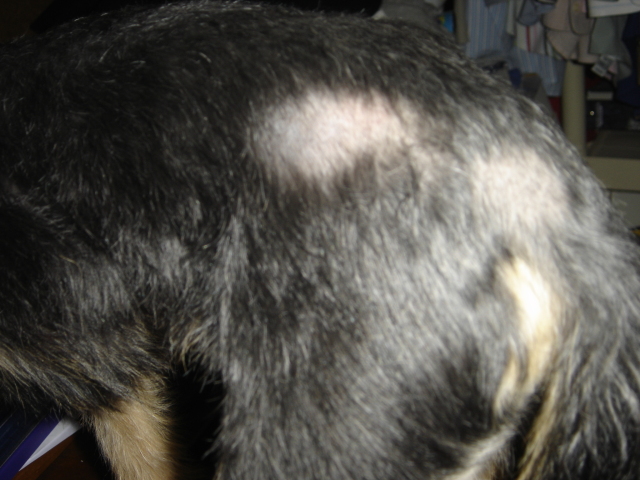 Chinese Crested Powder Puff Bald Spots
QuestionBalding Spots on Chine
QUESTION: Our Pow
Chinese Crested Powder Puff Bald Spots
QuestionBalding Spots on Chine
QUESTION: Our Pow
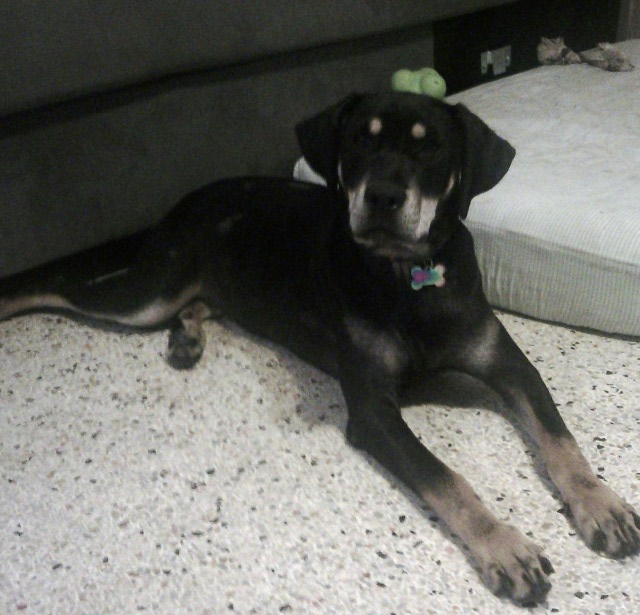 weird hair loss on my curr mix
Question
cuddles
ive seen other questions about
weird hair loss on my curr mix
Question
cuddles
ive seen other questions about